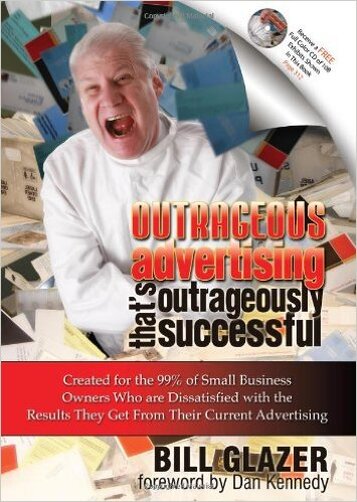|
Regardless of who your ideal book reader may be, and the modifications you make in your book’s marketing message, and regardless of the marketing mix you use to deliver the presentation of your book’s marketing message, there are some key ideas to keep in mind about making the right presentation for marketing your book. The Battle to Communicate Your |
Company
Our Target Markets
|
Divisions (Products & Services)Ultimate Guides
|
Core Competences
Newsletters |
Risk Free & Satisfaction GuaranteeIf you are not completely satisfied, simply return the product, along with proof of purchase, within 14 days and you will receive a full refund (less shipping and handling).
Note: Excludes, MP3s and all other downloadable products. |
Privacy & SecurityAll your information is safe and secure. The entire transaction will take place on a secure server using SSL technology.
In order to be compliment with the new GDPR requirements, you can review our updated Privacy Policy HERE. |
Having Trouble Placing Your Order?Please email us at [email protected]
We'll be happy to assist you. LETS GET SOCIAL
|
Copyright © William Ballard & Associates, LLC (2023 - 2028) • All Rights Reserved








